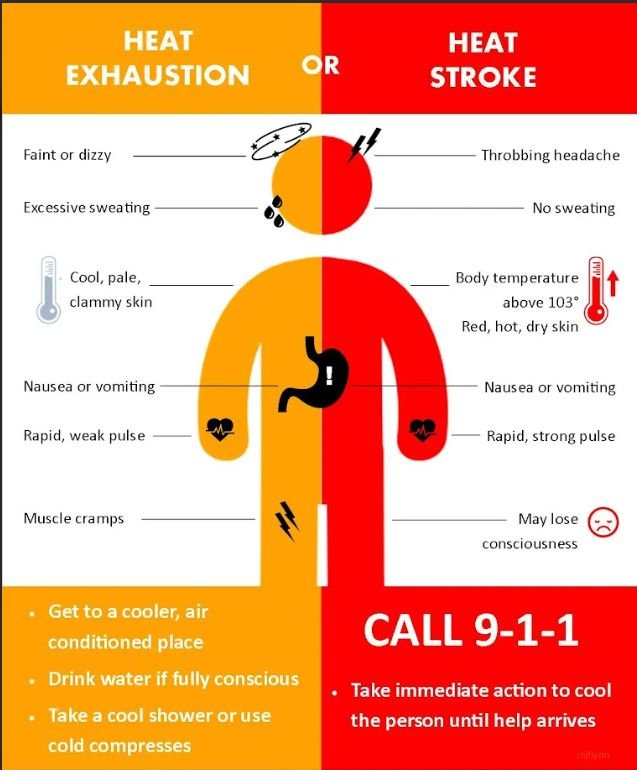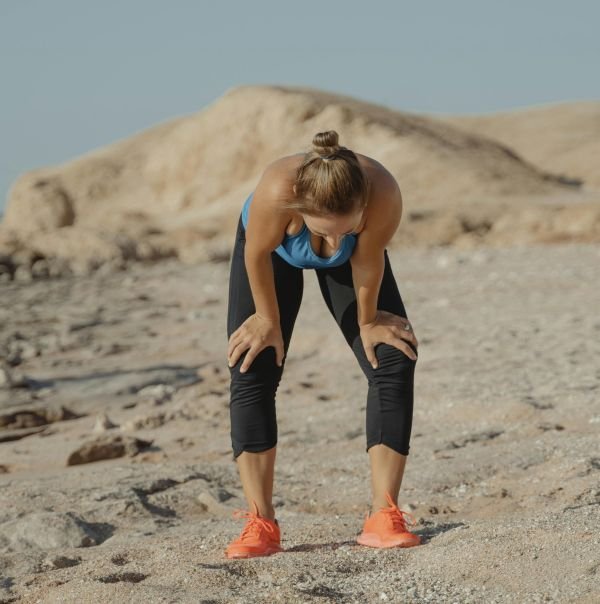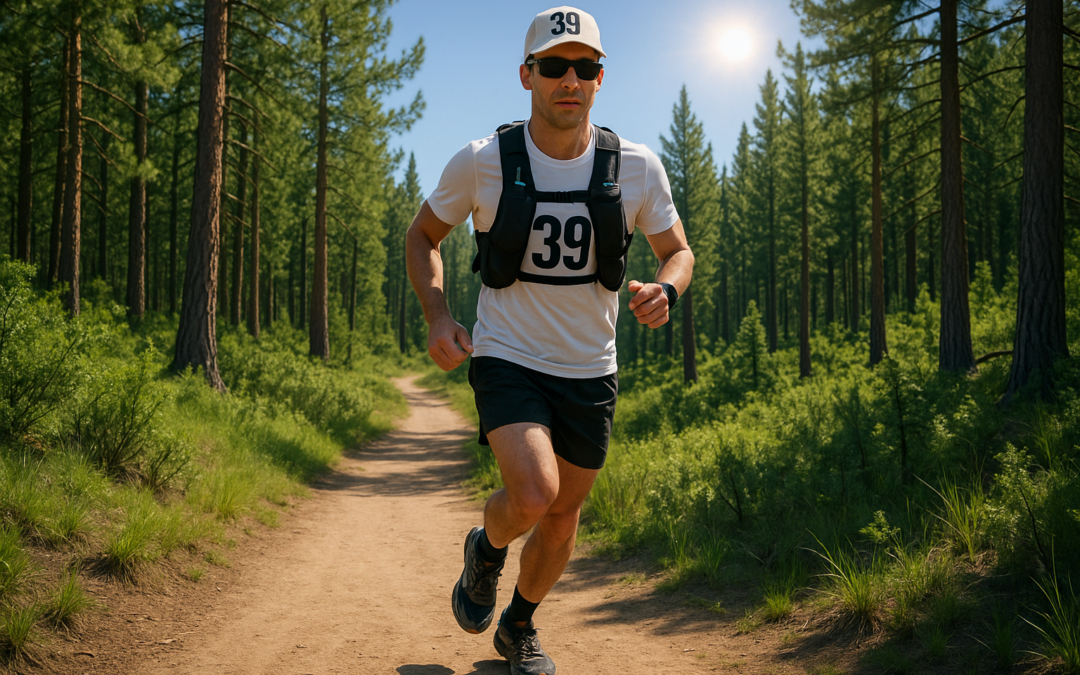By Coach Adolfo Salgueiro
No sugar coating it: Running in the heat and humidity of the summer sucks. It does. However, if we want to remain active during these challenging summer months of running and have any chance of having a solid racing season come fall, we must continue training. And to make hot weather running enjoyable and safe, the only way is by making substantial adjustments.
I’ve shared summer running tips every year since I began blogging, but this time I decided to do something different. I have gone through my previous writings on the issue and consolidated the tips. These, plus a handful of new ones I’ve added, bring the final count of summer running tips to 39.

To be clear, nobody expects you to apply all 39 of these hot weather running tips on every run. These are just guidelines and suggestions with very short explanations to get your thoughts started. I have included links to posts where I have explored the issues in more depth. And if you’re looking for more background or science behind these summer running safety tips, a quick Google search will point you in the right direction.
So, without further ado, here they are:
1 – Listen to your body – If you feel dizzy, nauseated, or overheated, don’t hesitate to stop, cut the run short, seek shade, ask for help, or just call it a day.
2 – Recognize heat stroke symptoms – Know the difference between exhaustion and heat stroke and familiarize yourself with warning signs like confusion, rapid pulse, or clammy skin.
3 – Hydrate all day – Hydration should be a 24/7 habit that keeps you close to fully hydrated by the time you start your GPS watch.
4 –Don’t overhydrate– Overindulging in water or sports drinks can cause hyponatremia, a condition in which diluted sodium levels may lead to seizures, coma, or worse.
5 – Use electrolytes– Supplementing with sodium, potassium, and magnesium helps your body retain and use the fluids you’re drinking more effectively.
6 – Run early or late – Run before sunrise or after sunset to avoid the most extreme heat and protect your body from overexertion.
7 – Monitor the heat index– Skip your outdoor workout if it’s over 98°F with more than 70–80% humidity, as your risk of overheating skyrockets.
8 – Slow down your pace – Running in the heat is harder, so let go of your pace goals and focus on effort instead of speed.
9 – Accept higher perceived effort – A rise in core temperature, not lactate or heart rate, becomes the main fatigue limiter in hot conditions.
10 – Use effort and time, not pace – In summer, pace and heart rate can be unreliable, so go by effort and run by minutes instead of distance.

11 – Recognize the signs of dehydration – Watch for fatigue, brain fog, darker urine, dizziness, or a dry mouth—these may all signal fluid imbalance.
12 – Prehydrate before long runs – Do not cram your hydration; it doesn’t work that way. Hydrate throughout the day and days, not just before your run.
13 – Rehydrate after running – After a sweaty session, replace fluids with water or an electrolyte drink. Not only as soon as you’re done but throughout the day.
14 – Dress light and bright – Light-colored, loose, and moisture-wicking clothing helps reflect sunlight and allow sweat to evaporate more easily.
15 – Train in the shade – Routes with trees or buildings that block direct sun can be 10–15°F cooler and far more comfortable, and safer.
16 – Freeze your gear – Put your shirt and hat in the freezer before a run to delay overheating and make the first few miles more tolerable.
17 – Take short breaks – Stop for 1–3 minutes during a hot run to drink, throw water on your head, or reset your effort perception.
18 – Use water for recovery – Jumping into a pool, cold bath, or even running through sprinklers post-run can drop your core temp and revive you.
19 – Know where the water is – If you don’t know where the reliable water sources are, run with a handheld bottle or hydration pack.
20 – Run indoors if needed – If conditions are extreme, choose a treadmill or indoor track to get your miles without the heat risk.
21 – Build heat tolerance gradually – It takes a few weeks to acclimate, so ease into hot-weather running instead of diving into hard efforts.
22 – Move workouts around when necessary – Move long or intense workouts to cooler days and use weather apps to plan smarter each week.
23 – Use a heart rate monitor – Heat elevates heart rate, so monitor it to avoid overexertion while running.
24 – Expect it to suck – The first few weeks of heat running will feel awful, but your body will adjust and it will suck less. Proceed with caution.
25 – Adjust your training plan – In very hot climates, push harder workouts like long tempos to the fall and focus on base-building instead.
26 – Exploit cooler days – When temperatures drop, use the opportunity for a strong tempo or threshold session to boost confidence.
27 – Don’t obsess over metrics – During summer training, forget about pace, Strava comparisons, or even distance—survival and consistency are the priority.
28 – Take advantage of trails – Shaded trails provide natural cooling, softer surfaces, and often more enjoyable running when it’s hot out.
29 – Eat hydrating foods – Boost your fluid intake by eating fruits and veggies like watermelon, cucumber, and oranges, which are 80–90% water.
30 – Beware of diuretics – Limit high doses of caffeine or alcohol around runs, as they increase urination and risk of dehydration.

31 – Set hydration reminders – Pair water intake with daily habits like brushing your teeth, meals, or use phone alerts to stay on track.
32 – Sip, don’t guzzle – Drink water steadily throughout the day and during your run to avoid bloating and improve absorption.
33 – Internalize year-round hydration strategies – Treat hydration like a year-round discipline, not just something to focus on when it’s hot.
34 – Know your sweat rate – If you’re a heavy sweater, you may need more fluids and sodium than the average runner.
35 – Pair hydration with daily habits – Combine drinking water with routines like meals, workouts, or bedtime to form easy-to-remember habits.
36 – Double instead of going long – On non-long run days, two shorter sessions may be safer than a longer push under the brutal heat. Consider it if needed.
37 – Use treadmill for quality work – Use a treadmill to maintain pace accuracy or intensity when outdoor heat makes it unsafe.
38 – Keep someone informed – Always tell a friend or loved one your planned route and expected return time, or use live tracking apps.
39 – Know the line between tough and dumb – Being smart and cautious during summer training keeps you healthy and able to run tomorrow.
Did I miss anything, or would you like to contribute to the list? Please do so in the comment box below.


Love the tips coach. Thanks for sharinh
Thanks. Many of these are very obvious, but still worth drilling once the weather turns oppresive.
Useful Tips for Summer Training
Thank you for your comment, Coach! It is always appreciated.
Greatest article for summer & hot weather.
Thank you so much for your dedication to safe running & fun running too🏃🏻♀️🏃🏼♀️🏃🏻♀️🏃🏻♂️
Thank you for taking the time to read this Black post and to leave a comment. I trust these were helpful tips.
Gracias coach muy buenos tips para este verano que esta muy fuerte 👏👏👏
Muy agradecido de qué te hayas tomado el tiempo de leer el artículo y de dejar un comentario. Espero que el contenido sea de buen uso durante este verano opresivo que nos espera.